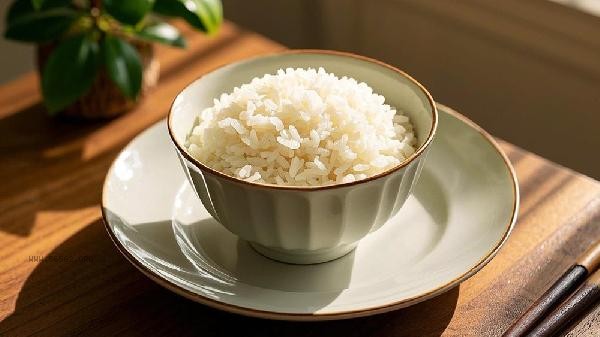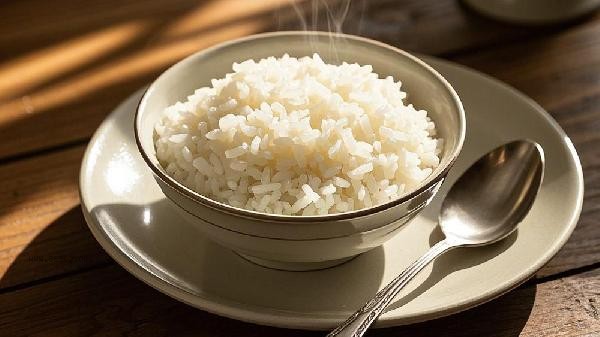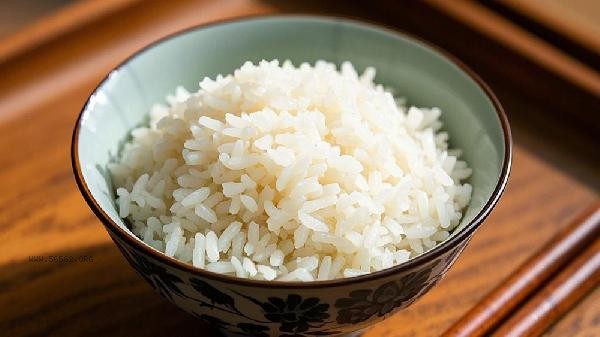Various coarse grains can be added to rice, mainly including oats, brown rice, millet, corn, red beans, etc. Coarse grains are rich in dietary fiber and B vitamins, which can enhance the nutritional value of rice, but attention should be paid to the proportion and cooking method.

1. Oats
Oats are rich in β - glucan and soluble dietary fiber, which can help delay postprandial blood sugar rise. Mixing and steaming rice in a ratio of 1:3 can increase its viscosity and satiety. Oats are suitable for people with high blood sugar, high blood sugar, and high blood sugar, but those with weak gastrointestinal function need to reduce their dosage.
2. Brown Rice
Brown rice retains the rice bran layer and germ, and its vitamin B1 content is four times that of polished white rice. Before cooking with white rice, soak for 2 hours in advance. It is recommended that beginners mix in a 1:1 ratio. Phytic acid in brown rice may affect mineral absorption, and anemic individuals should avoid long-term and excessive consumption.
3. Xiaomi
Xiaomi is rich in tryptophan and carotenoids, which can complement amino acids when paired with rice. The golden ratio is 30% millet, which can be directly mixed and steamed without soaking before cooking. Xiaomi has a cool nature, and for those with a weak and cold constitution, it is recommended to cook it with red dates or ginger.

4. Corn
Corn kernels or corn husks can increase the sweetness and graininess of rice, and containing zeaxanthin is beneficial for visual health. Fresh corn and rice should be boiled together with reduced water usage, and dry corn residue should be soaked in advance. Corn is a high GI food, and diabetes patients need to control the amount of added corn.
Five, Red Bean
Red beans provide high-quality plant protein and potassium elements, which can be paired with rice to form complete protein. It is recommended to boil the red beans until they are half cooked before mixing them with rice, with beans accounting for no more than 20%. Red bean purine content is high, and it is not suitable for patients with acute gout to consume.

It is recommended to control the total amount of coarse grains added to rice at 30% -50%, and gradually increase from 10% for the first attempt. Different coarse grains require corresponding pretreatment methods, such as soaking beans and crushing nuts. When pairing, pay attention to matching the characteristics of the ingredients, as coarse grains with similar particle sizes are easier to cook simultaneously. Special populations such as postoperative gastrointestinal patients and those with gluten allergies should consult a nutritionist to develop personalized plans. Long term consumption of coarse grain rice should pay attention to supplementing water and fat soluble vitamins, avoiding excessive intake of dietary fiber that affects nutrient absorption.








Comments (0)
Leave a Comment
No comments yet
Be the first to share your thoughts!